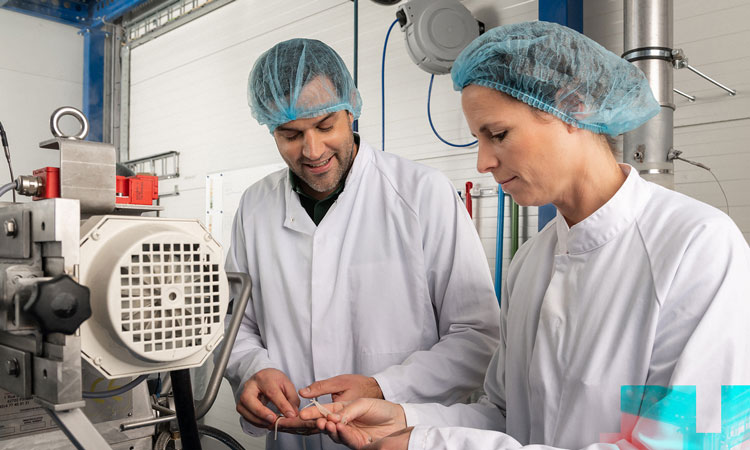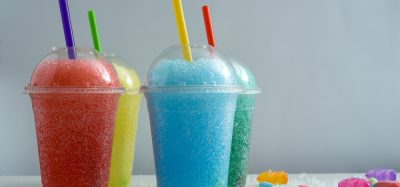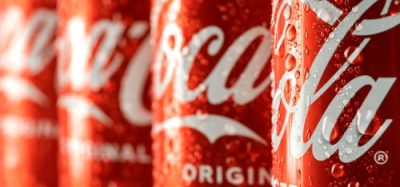How extrusion can help meet today’s food trends
- Like
- Digg
- Del
- Tumblr
- VKontakte
- Buffer
- Love This
- Odnoklassniki
- Meneame
- Blogger
- Amazon
- Yahoo Mail
- Gmail
- AOL
- Newsvine
- HackerNews
- Evernote
- MySpace
- Mail.ru
- Viadeo
- Line
- Comments
- Yummly
- SMS
- Viber
- Telegram
- Subscribe
- Skype
- Facebook Messenger
- Kakao
- LiveJournal
- Yammer
- Edgar
- Fintel
- Mix
- Instapaper
- Copy Link
Posted: 3 May 2022 | Christopher Busch | No comments yet
Not only does working with an extruder mean creating something new every day, but the transformed ingredients it produces represent a quantum leap in terms of product development. Here, Christopher Busch highlights the benefits for food companies.


© Crespel & Deiters
Extrusion is a well-established technique used in food processing, transforming powdered or granulated raw ingredients into small, irregular pieces, long fibres or spherical cereal crispies.
The extruder is usually sited deep in the heart of the production plant; here, the raw material is shaped by means of heat and pressure through screw conveyors and then pressed through a nozzle. The emerging product is moulded into an appropriate form and can then be cut to the desired length.
But the variety of available formats isn’t the only thing that makes this technique so popular. In this article we’ll explain why we’ve integrated extrudate manufacturer Extruded Cereals Products BV (ECP) into our group of companies and how it’s helping us deliver to today’s zeitgeist.
Shape and protein
As mentioned, one of the perks of extrusion is the variety of formats it produces. For example, extruded crispies for bars or granolas that combine a crunchy product with lots of protein can be fashioned with the same technology as meat alternatives, such as granules for plant-based minced meat-like products or chunks with a fibrous texture mimicking muscle meat.
A high-protein label on any food, especially in the snack segment, is currently attracting significant attention too. Despite being a popular buzzword, it generally reflects an active and health-conscious lifestyle and extrudates help to bring fun into the mix because they enhance the scope of possibilities for end products. Crispies, for example, improve the mouthfeel of a final product and add an exciting crunch effect that offers manufacturers a variety of product design possibilities.
One of the perks of extrusion is the variety of formats it produces
It is worthwhile noting, however, that each of these products and the processes involved impose different demands on the extruded source material to achieve an optimal end product. Moreover, despite a wide range of starting materials being available, several basic properties are needed in order for them to be extrusion compatible. From starches and protein isolates, dusts and granulates, to cereal flours and milk powders, it is critical that the raw material is ‘flowable’ and the quality consistent, otherwise the result will be an irregular extrudate. But if these conditions are met, transformation of the source material into a functional product is entirely possible.
Optimising the nutritional profile is always a key consideration when working with extrudates. Using texturates in food stuff brings extra protein to the overall nutritional profile of the end product. If this ‘plus’ needs to be extensive, for the active food segment for example, the choice of the raw material can have a major influence.
Extrudates help meet both industry and consumer requirements by offering a wide standard range as well as targeted modifications, which enable the adjustment of specific end-product properties. For this purpose, our team in Helmond has a test extruder; the raw material requirement for a small-scale test series is 15–30 times lower and results can be obtained three to five times faster.
Helping overcome the plant-based texture challenge
Our on-site technical centre offers plenty of scope for extrudate design and variation; for example, texturates for meat substitutes. This is useful given the current calls for plant-based ‘meats’ that can mimick the texture of traditional meat.
The plant-based sector is booming, driven predominantly by environmentally conscious consumers. Despite its popularity, however, imitating texture remains a hinderance to this category’s growth. As such, producers are looking at ways to compete with traditional meat and appeal to not just the vegan and vegetarian population but also the meat-eating one too. The latter will only be possible if the plant-based sector can offer alternative meat that doesn’t compromise on experience. At the same time, consumers are also calling for more selection within plant-based options; this opens up ample opportunity for innovation within the industry.
You may also like:
Food manufacture 4.0 – automation and robotics at the service of food manufacturing
Accelerating product development and innovation in plant-based meat
Mass production: using automation in food manufacturing and processing
So why is this relevant to extrusion? Very few techniques can reproduce that meaty texture as authentically as this technique, in our opinion. Our R&D-scale extruder enables the production of different shapes and sizes on a trial basis to test the effects of process variables on the end product’s texture. Currently, for us, the focus is on accurately reproducing the texture of fish in plant-based alternatives and getting as close to the original as possible.
This is also relevant for the pet food sector, which needs customised ingredients to produce vegan and hybrid wet dog foods.
We’re also witnessing an increasing demand for larger extrudates, aptly named chunks, which are firmer and have a pronounced fibrous structure. There is a lot of design scope in terms of colouring too, which reflects the ongoing demand for light texturates. Besides the colour lightening, the choice of raw materials has a significant impact on this aspect. For example, the selection and proportions of cereal or protein components that are extruded influences both the appearance and colour of the final extrudate, as well as its nutritional content.
About the author
Christopher Busch is Crespel & Deiters’ Head of Research and Development for Extruded Products. As a chemical engineer, he is passionate about mastering the complexity of the extrusion process. What the end product looks like, how it’s processed, and what texture/nutritional values it should have are the key factors driving his work.
Issue
Related topics
Equipment, Ingredients, New product development (NPD), Processing, Product Development, Proteins & alternative proteins, Technology & Innovation









